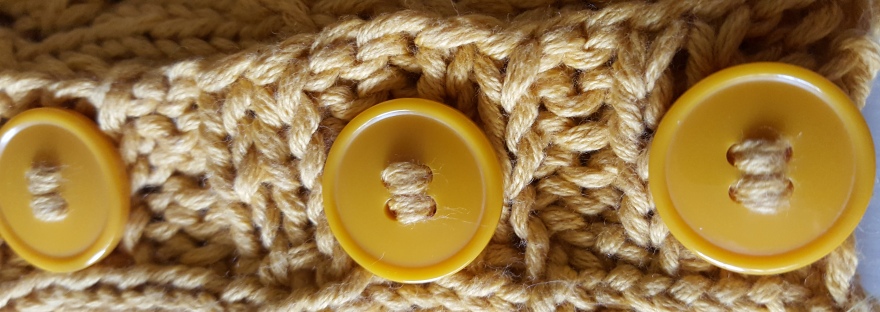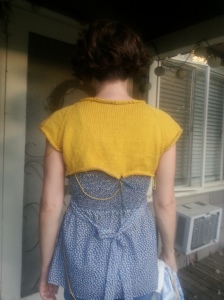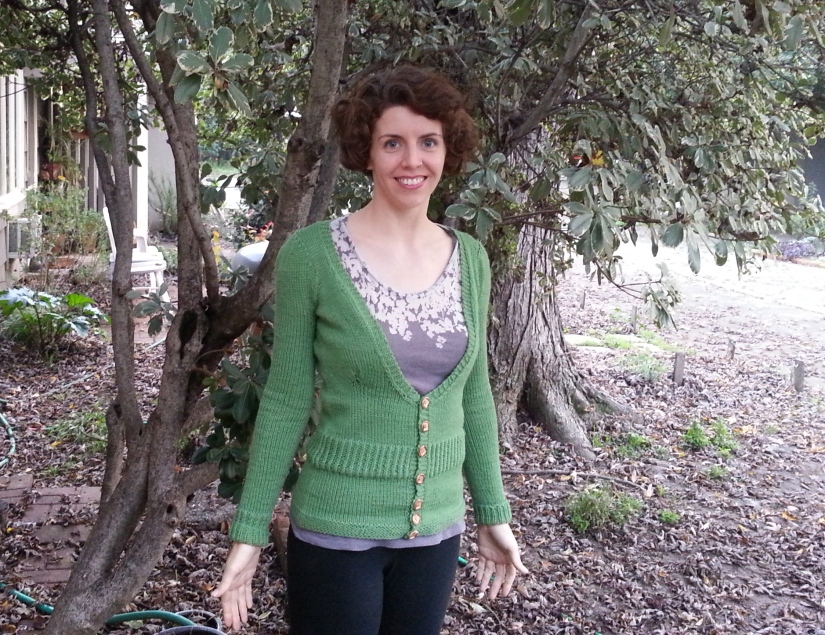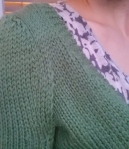knitting and history
[UPDATE: I posted even more patterns from this historic knitting book here in 2013!]
Today is Veterans Day and it is also the 1 year anniversary of when I started this blog. So this post will combine two things I love: history and knitting. With free historic knitting patterns, no less!
As I wrote about in my very first post, what we in the United States call Veterans Day is known to Europe, Canada and most of the world as Remembrance Day. This year we’ll observe the holiday on Monday, but the actual date is the eleventh because Nov. 11 1918 was Armistice day—the day that World War I ended. The United States lost maybe about 100,000 or so soldiers in the Great War. European countries lost millions.
The Great War, as it was then known, started in 1914, but the U.S. did not join until 1917. During the years the U.S. was at war, the government and other support organizations asked Americans to help the war effort. One of the ways they were asked to contribute? Knitting!

Socks were important in bad weather and trench warfare situations. Sweaters, wristlets, scarves and hats were also in demand. This website does a pretty good job of explaining some of the history about the wartime knitting effort if you want to know the details. I noticed that the article on the website cites a book called No Idle Hands: The Social History of American Knitting, if you want to know even more about knitting history.
Even though I knew about the knitting aspect of WWI, I never really thought much of it. That is, until I came across this book for $2 at my local thrift store:

I knew it was old when I first picked it up, but I was shocked when I discovered that it was from 1918! What a find! The very first section of the book is all patterns to knit for soldiers. The rest of the book includes a bunch of crocheting and knitting patterns. Some of the patterns will probably never be fashionable again, but many of them are still rather stylish by today’s standards. And from what I can tell, they’re no longer in copyright. So without further ado, I present to you my favorite knitting patterns from 1918!
1918 knitting patterns
First off, of course, is “service wear,” or knitting patterns for soliders. Most of these are so basic as to barely need a pattern (like the garter stitch scarf). But a few caught my attention.
Helmet

First of all—look at those illustrations behind the model! As for the pattern itself, this looks thoroughly practical—it covers your head and a lot of your face, and has the scarf like parts to keep the rest of you warm. Also, it goes well with a hat.
Service Sweater Type ‘C’


Once again, the illustration really catches my eye. But I also like this design—a cardigan with three pockets, which I feel like I haven’t really seen before. This pattern also has this paragraph underneath it which begins with the sentence “Since 1914 The Fleisher Yarns have been in active service on the battlefields of Europe.”
Meta and Dexter caps
 Ok, I know what your thinking—the names of these hats have certain pop culture associations now that they certainly never intended! Nevertheless, I think these hats could be conceived as fashionable today, though maybe minus the crazy huge bow on “meta.” Pretty much all of the hats in the book are crocheted, and these are no exception.
Ok, I know what your thinking—the names of these hats have certain pop culture associations now that they certainly never intended! Nevertheless, I think these hats could be conceived as fashionable today, though maybe minus the crazy huge bow on “meta.” Pretty much all of the hats in the book are crocheted, and these are no exception.
Marcelona Jacket
 I was surprised at just how many crochet patterns I actually liked in this book. Normally I don’t care as much for its appearance and thickness, but I think it works with this jacket. I also like the wrap around effect.
I was surprised at just how many crochet patterns I actually liked in this book. Normally I don’t care as much for its appearance and thickness, but I think it works with this jacket. I also like the wrap around effect.
Rivoli Sweater


This is probably my favorite of all the knit sweater patterns. It’s a fairly simple pattern but I love the overall effect. I’m not sure why this pattern has a separate page for the construction and dimensions of the sweater, because few of the patterns have this diagram. But it looks helpful.
Pensacola sweater
 This is my other favorite sweater pattern. I really like the fit and the way the buttons are placed. I also like the idea of the cuffs, even though I’m not sure if I would use angora for them. I’m also not exactly sure how the snaps are incorporated.
This is my other favorite sweater pattern. I really like the fit and the way the buttons are placed. I also like the idea of the cuffs, even though I’m not sure if I would use angora for them. I’m also not exactly sure how the snaps are incorporated.
EDIT: You can now see what this sweater looks like when made by a modern day knitter! Check out this post at knitthehellout. For more knitting details, see Cassy’s ravelry project page for Pensacola.
I really hope that I will have the chance to attempt one of these patterns someday! More than that, I hope that others out there can use these patterns to make something. Reading through the directions, I realize that there are some hurdles to actually re-creating these garments for yourself. The first is that there is only one size given for each pattern, and there’s not a lot of info on the finished dimensions (except on the rivoli sweater). The second is trying to figure out needle sizes and yarn types and amounts. There is a kind of visual knitting gauge in the book that I’m posting below because it seems helpful, and there is a list of the kinds of yarns and some descriptions that is less helpful:


One thing the patterns do provide? Gauge. I think that if you used the gauge, figured out a relatively similar yarn type by comparing it to the list, and then overestimated the yardage it would take, I think it would be possible. If anyone wants to try these patterns, I’d love to hear how they turn out!



































